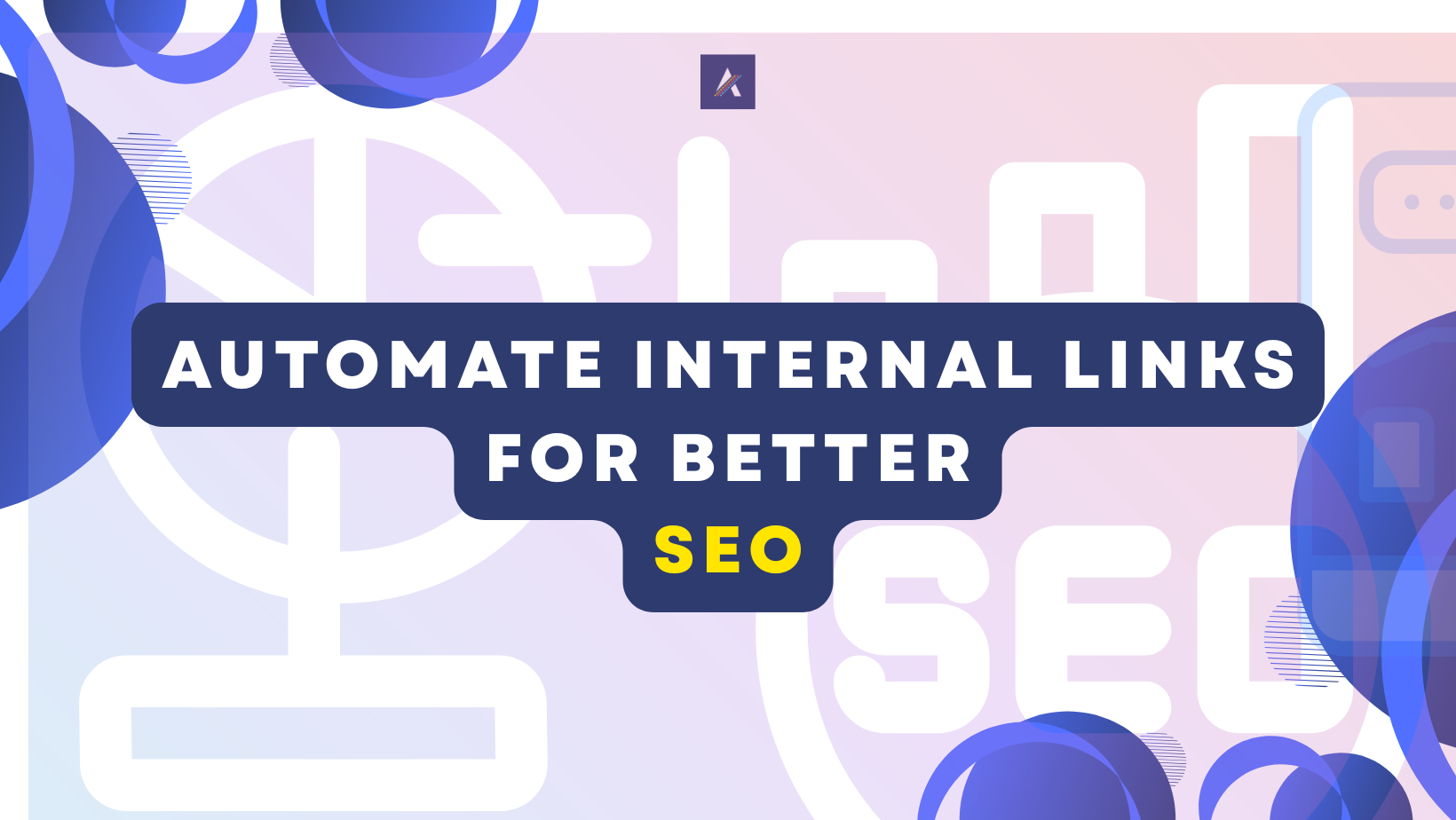Internal linking is a powerful yet underutilized SEO strategy. Contextual internal links—those woven into your content’s narrative—connect related pages, boosting site authority and user engagement. Manually managing these links is time-consuming and unscalable. Automation streamlines the process, creating an efficient, impactful linking strategy. Here’s why automating internal linking is a game-changer for your website.
What Is Contextual Internal Linking?
Contextual internal links are embedded within your content’s body text, using relevant anchor text to guide users to related pages. Unlike sidebar or footer links, they enhance the narrative, creating a cohesive knowledge hub that encourages deeper exploration of your site.
Why Automate? The Key Benefits
- Supercharged SEO Performance
- Enhanced Crawlability: Automated links ensure search engine bots discover and index all pages, eliminating orphan pages and boosting visibility.
- Topical Authority: Linking related content signals expertise, positioning your site as a go-to resource.
- Link Equity Flow: Automation distributes authority from high-ranking pages to others, enhancing their SEO potential.
- Keyword-Rich Anchor Text: Intelligent systems select descriptive anchor text, improving rankings for targeted keywords.
- Elevated User Engagement
- Lower Bounce Rates: Relevant links keep users exploring, increasing time on site and reducing bounce rates.
- Seamless Navigation: Contextual links guide users naturally to related content, creating intuitive journeys.
- Higher Conversions: Strategic linking funnels users toward conversion pages, like product listings or signup forms.
- Time Savings and Scalability
- No Manual Effort: Automation eliminates tedious link-building, freeing your team for strategic tasks.
- Scales Effortlessly: As your site grows, automated systems integrate new content into your linking structure without extra work.
- Consistent Quality: Automation ensures uniform, error-free links across your site.
- Stronger Site Architecture
- Logical Hierarchy: Automated linking reinforces content relationships, connecting deep pages to topic hubs.
- Content Gap Insights: Linking patterns can highlight missing content, guiding your editorial strategy.
How Does It Work?
Automation tools use various methods to create contextual links:
- Keyword Matching: Links target keywords to pages optimized for those terms.
- Semantic Analysis: Advanced tools use natural language processing (NLP) to suggest links based on content meaning, even without exact keyword matches.
- Content Clustering: Groups related articles and ensures strong interlinking within topic clusters.
Getting Started with Automation
Partner with aitude to revolutionize your internal linking strategy. aitude’s cutting-edge automation leverages keyword matching and semantic analysis to deliver SEO-optimized, contextually relevant links tailored to your site’s needs. Whether you run a small blog or a large content hub, aitude’s solutions ensure intelligent link placement without compromising site performance. Visit aitude to explore how aitude can boost your SEO effortlessly.
Conclusion
Automating internal linking is a must for websites aiming to dominate SEO and engage users. It saves time, scales seamlessly, and transforms your site into an authoritative, user-friendly hub. Start today: contact aitude at Contact Us to audit your links and implement a custom automation strategy that drives SEO success.

Rupendra Choudhary is a passionate AI Engineer who transforms complex data into actionable solutions. With expertise in machine learning, deep learning, and natural language processing, he builds systems that automate processes, uncover insights, and enhance user experiences, solving real-world problems and helping companies harness the power of AI.


